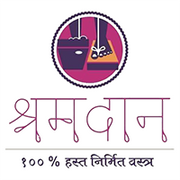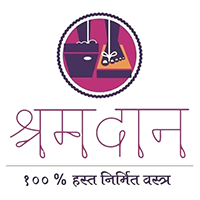History of Kundalpur
Kundalpur is a historical pilgrimage located in Damoh district of Madhya Pradesh. Its ancient name is Kundalagiri. The name is derived from Hindi word "Kundal" which means earrings. The shape of Kundalpur's mountain is that of a Kundal and hence the name is justified. The history of the region dates back to about 2400 years i.e. the fifth century BC. In the Shramana tradition of Lord Mahavir Swami, the last Tirthankar of Jainism, the last Kevali Sridhar Swami attained Nirvana from this Kundalpur. It was mentioned in the first century AD by the great Jain Acharya Shri Yativrishbha Maharaj in his treatise called Tiloypannatti, which is written in Prakrit language.

An ancient grand statue of Lord Rishabhdev, the first Tirthankar of Jainism, also known as Bade Baba, is enshrined on Kundalpur Siddhakshetra mountain. According to inscriptions, this 15 feet high Padmasan statue of Bade Baba was built in the 6th century. Under the altar (वेदी) of Bade Baba, the idols of Yaksha Gomukh Dev and Yakshini Chakreshwari Devi are also inscribed, which were also built in the 6th century AD. Later on, the original ancient temple of Bade Baba was renovated by Bundelkhand Kesari Maharaj Chhatrasal in Vikram Samvat 1757 (1700 AD), whose ancient inscription is inscribed on the outer wall of the sanctum.
Kundalpur Center
With the holy inspiration and blessings of a wondering saint Acharya Shri Vidyasagar Ji Maharaj, Mahakavi Pt. Bhuramal Social Sahakar Nyas, a charitable trust focusing on handloom training was established in Kundalpur in the year 2016. The aim was to provide self-reliance and self-employment to rural youths. The main objective of this center is to prevent rural youth from migration and to make unemployed youths self-dependent. Through the training of farmers, laborers and tribal community youths of rural areas in a variety of handloom skills, the socio-economic situation is being uplifted. Presently more than 150 youths are being provided regular employment through this center.

Based on ancient architecture, various historical elements a range of motifs were developed in Kundalpur. These motifs are currently being used in Sarees both on borders and in body. The sarees are made only from premium mercerised cotton and metallic zari.
The picturesque annular ranges of Kundalpur mountain, Sej flowers found in abundance on mountains and adorable images of the fruits of teak trees are reflected in these sarees.

